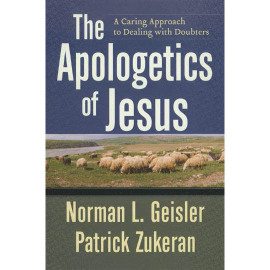Editor’s Note: The vision of Probe Ministries—to free 50 million captives and build them into confident ambassadors for Christ...
82 search results for: Evangelism
Byron Barlowe digs beneath the surface of the various social networking phenomena like Facebook and Twitter. It seems like...
Written by Probe Ministries Administrator Question: This is a very interesting topic, The Apologetics of Jesus. What inspired this...
Byron Barlowe looks at the impact of Christianity on the world. He concludes that applying a Christian, biblical worldview...
How do people determine their spiritual gift? Is it through prayer? Or does the Lord reveal it to them...
MySpace and other social networking sites can be a great boon or a great danger. Byron Barlowe cautions Christian...
Don Closson writes that developing a Christian worldview impacts both how we think and how we act. It can...
Dr. Michael Gleghorn critiques The Da Vinci Code’s theories, demonstrating that most of these theories are simply false. This...
Steve Cable writes that Christ-followers can use some intriguing verses in the Koran as a way to bring the...
Michael Gleghorn examines the role of philosophy in a Christian worldview. Does philosophy help us flesh our our biblical...




